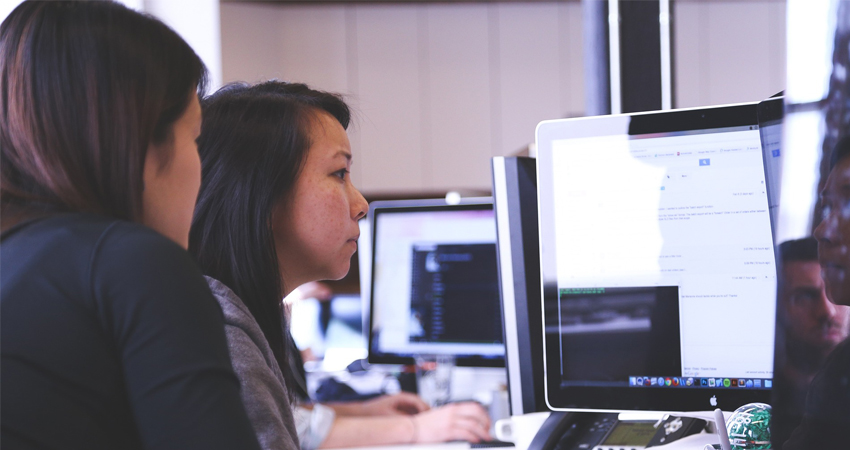How resilient is resilience itself?
So the rugby world cup roadshow has hit town and I think that hit is a pretty apt word. With the advent of professionalism, it seems that ‘the lumbering prop’ is now a thing of the past. Whilst rugby is still a game for people of all shapes it would seem that being able to survive and dish out impact is consistent from numbers 1 to 15. The combination of speed and bulk means that rugby has shifted from being a contact sport to a collision sport joining the likes of American Football, Boxing, Ice Hockey and Skiing. Bigger and quicker it doesn’t take a genius to work out that the formula of Mass x Acceleration is going to equal significant force.
One of our technology partners, Firstbeat, is being used by six teams at The World Cup; some will be using the technology to get a greater understanding of workload whilst others will be combining this with objective measurements on recovery. Understanding both of these factors is key to helping keep the sporting population resilient (though I have to say that we drop a few syllables and use the word readiness in sport). And when looking at recovery it is not just the formal recovery sessions or night time sleep that can be looked at but equally the stresses and strains of everyday life. How are the bodies of players reacting to the toil of travel, the frenzy that is social media and the absence of friends, family and home? All of these factors can contribute to the holy grail that is athlete readiness and the ability to play at a high level week after week after week.
It strikes me that rugby is not the only environment where the word hit may have been used recently. Watching the financial markets and the almost daily rollercoaster ride that they have been on makes me think that someone has been making a fair amount of money and of course with that, someone else will have been taking the hits. Over the past week I have been working on a leadership programme with a leading global bank and having monitored the participants. It is clear that whilst most are coping well with their professional environment, a number of them are close to breaking point.
During the summer I read John Coates’s excellent book, The Hour Between Dog and Wolf. The book looks at the physiological responses seen in city traders and in particular pays great attention to learning, pattern recognition and decision making. It is a fascinating read that explains how our brains and our bodies can react during times of boom and bust, looks at how hormones influence our rationality and explores the concept of the fourth brain – our gut. Whilst mainly focussing on the interaction of the body with the environment of work, it also acknowledges how life away from work can also have a powerful influence. The term work / life balance is valid from an endocrinology view point too! Indeed, when our friends at Firstbeat analysed 20,000 days worth of heart rate variability data, they found that the toughest day of the week from a physiological point of view was Saturday!
In 2014, the workplace wellbeing company, Right Management produced a paper entitled The Flux report – it too is a good read. One of the headline statements in the report was one of the results that related to a survey of HR directors. The answer was 91% and the question was whether they thought that the ability to deal with change would impact employability over the next five years.
So the concepts of resilience and readiness are definitely corporate and sporting buzz words of 2015. We seem to have moved on from training load, stress management, wellbeing and emotional intelligence. However the cynic in me does just wonder how long the word resilience will be resilient for, before it is replaced by another headline statement!



